Throughout your high school career, your teachers, guardians, and mentors have worked hard to prepare you for your upcoming transition into post-secondary education. However, even with these supports, it is normal to feel nervous for this next step in your academic journey. To give you a better idea of what to expect of this upcoming change, the Future Students Office here at TRU has put together a list of significant differences between the two levels of education.
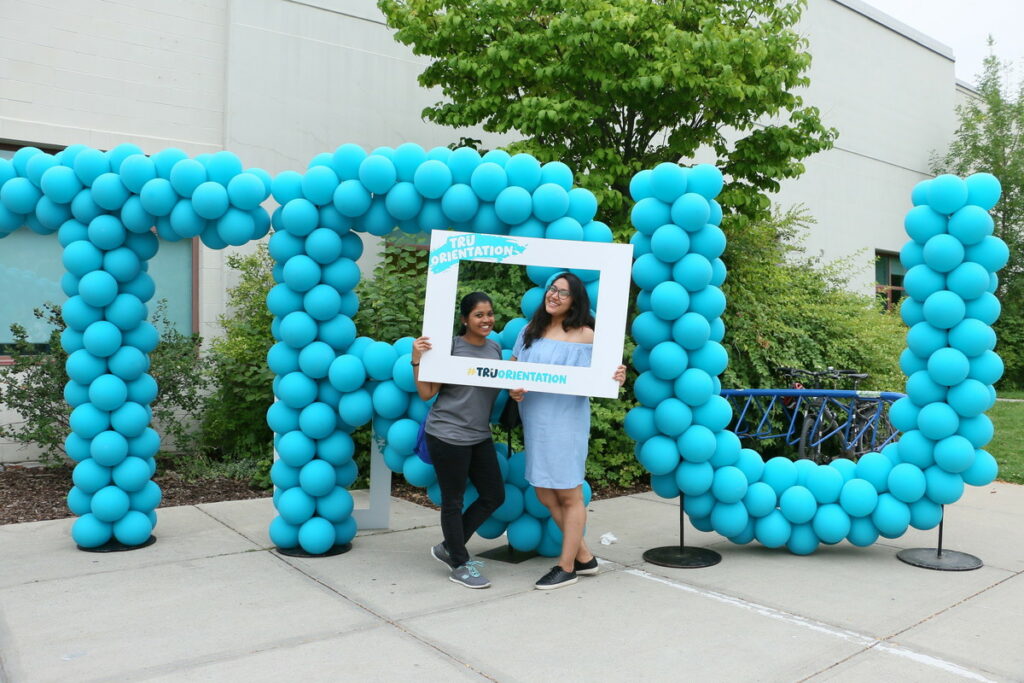
1. Scheduling your courses
One change that future university students can expect is the difference in course structure between high school and post-secondary. In high school, course schedules are fairly strict, as students are typically expected to be present for their classes from 8:30 am through to 2:30 pm with a break for lunch. When entering post-secondary education, course schedules become flexible, and students are given a decent amount of control over their school hours.
Universities usually offer multiple sections of the same course to allow more students to take the course each semester. Based on the offered sections, students can choose to attend lectures at the times they prefer, such as morning classes or evening classes. Students have control of their schedule, planning around their commitments and working with the knowledge of when they are most productive. Some even intentionally plan their courses so that they only have classes four days per week! It is worth noting, though, that this flexibility can become more limited as students reach upper-level courses, since class sizes are reduced, and fewer sessions are needed.
For more info on how to timetable, view our blog How to Timetable Like a Pro.
2. Opportunities for work or volunteer experience
Upon entering post-secondary education, more opportunities for work or volunteer experience become available. Although high schools offer some volunteer opportunities or hands-on experience, particularly when it comes to trades programs, the opportunities increase and become more diverse when transitioning to university. Depending on the program, practicums may be available to students, which are an opportunity for supervised work that relates to the particular certification. Co-op work terms, paid work terms that also earn credits, are offered to students in certain programs. Students who take advantage of these programs can leave their post-secondary institution with their degree or diploma, relevant work experience, and some familiarity with the duties expected of them in their chosen field.
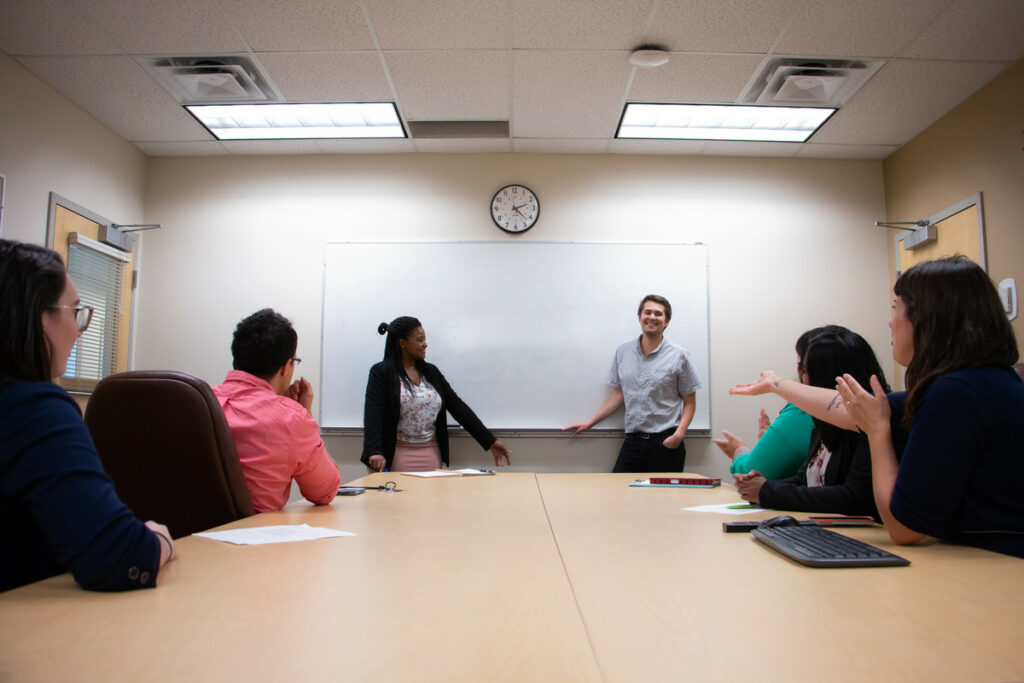
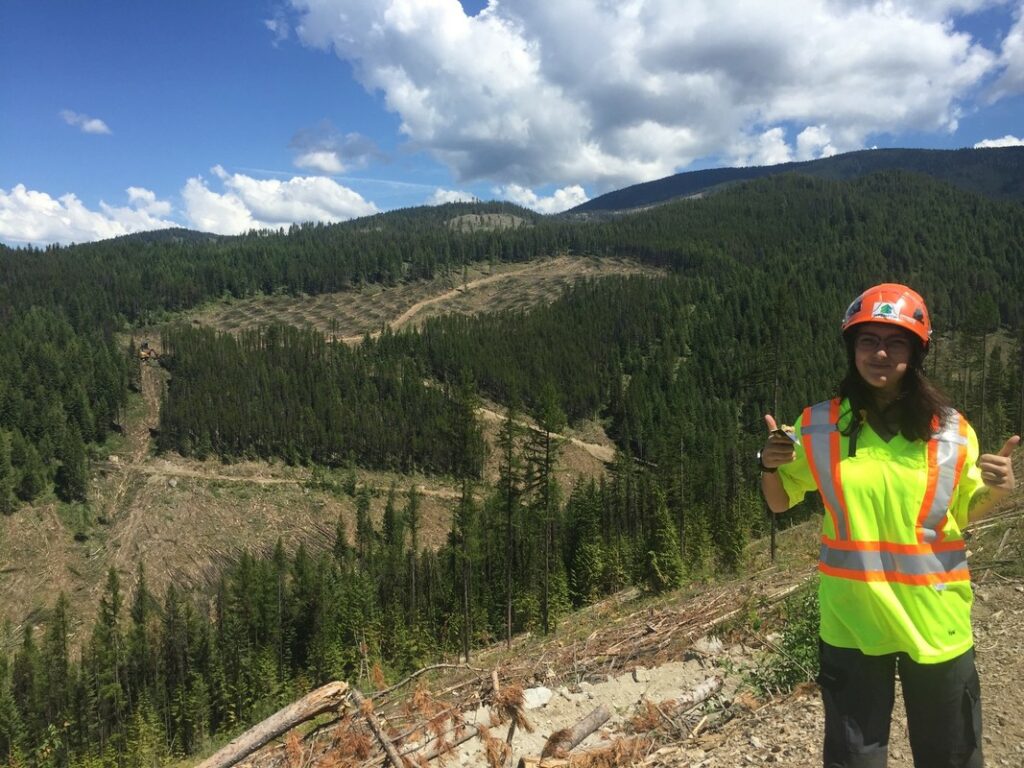
3. Events and clubs
In high school, students may have joined clubs, or attended events and field trips organized by their school. This continues in university, but with even more options! At TRU, the Student Union website outlines many clubs that students are welcome to join and interact within. A wide range of clubs are available, with some directly relating to a student’s program while others are solely based on personal interests or hobbies. Post secondary institutions also offer many events for students to enjoy. Events that students can expect from TRU include jobs fairs, the annual back to school BBQ, campus movie nights, and an all-night study session with workshops and tutors known as the Long Night Against Procrastination.
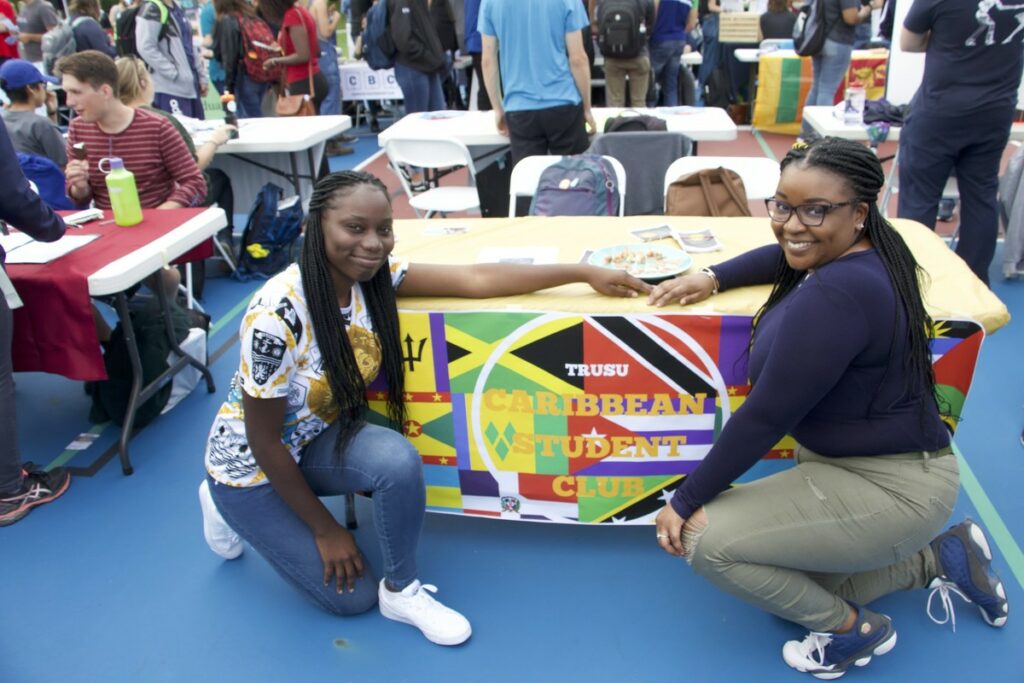
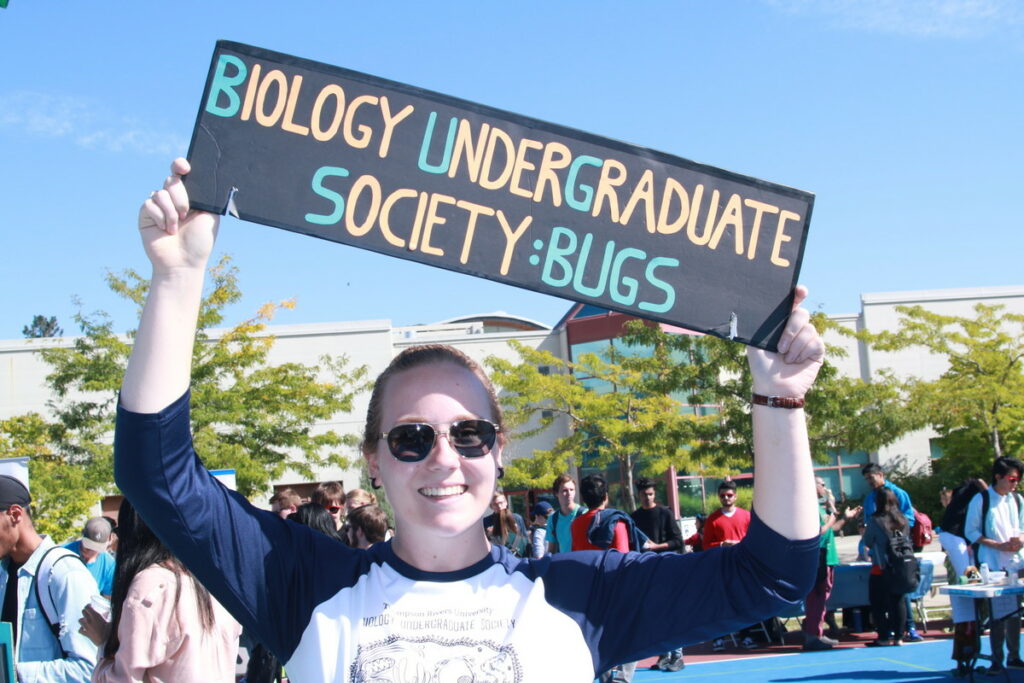

4. Emphasis on self-management skills
Another thing new students should be aware of when it comes to transitioning to university is the increased importance of developing time management skills. Throughout high school, students are usually provided with designated time during class to work on assignments or projects, and teachers are relatively involved in keeping students on track during these times. In university, instructions for assignments or projects are often provided in class, but when and where the student chooses to work on these assignments is entirely up to them. Some time management and self-motivation skills are necessary to complete these tasks on personal time. However, students can still take advantage of a wide variety of resources to help them stay on track. At TRU, students can access the Writing Centre, Math Help Centre, librarians who can provide some assistance in research, and professors that hold office hours to allow students designated time to ask for help or clarification on course tasks.

Starting your post-secondary journey may come with changes, but, overall, we hope it’s something you’re looking forward to! We all need to learn and adapt as we take on new chapters in life and we hope you see these changes as an exciting opportunity for growth. Best of luck with everything!
TRU Future Student Ambassador, Hailey – Accounting Diploma, “Important Differences Between High School and Post-Secondary“
